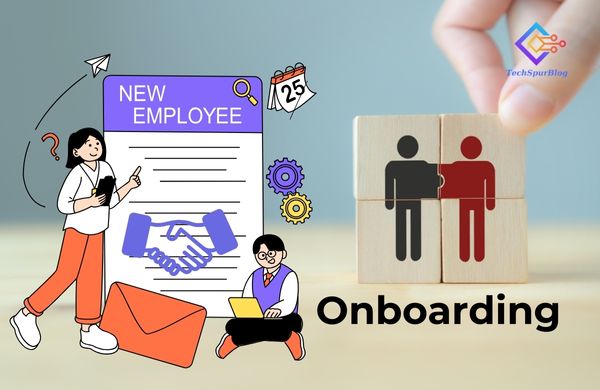
Understanding the Onboarding Process
When new employees join an organization, they are entering an unfamiliar environment. It’s a time filled with both excitement and apprehension. This is where an efficient onboarding process plays a pivotal role. Organized onboarding extends past standard orientation methods; it offers a thorough framework that assists newcomers in seamlessly acclimating to their positions and the organizational culture.
An efficient onboarding platform ensures that this process is seamless and effective, assisting employees to feel supported from day one. Companies that prioritize structured onboarding strategies often observe marked improvements in employee retention rates and overall productivity.
Also Read: 15 employee engagement activities in software companies
Why Structured Onboarding Matters
Structured onboarding is immensely beneficial as it establishes clear expectations, reducing new employees’ uncertainty. A well-articulated onboarding program fosters a sense of belonging from the outset. By elucidating organizational roles, responsibilities, and overarching goals, companies enable their employees to better adapt to their new environment.
This, in turn, enhances their ability to contribute effectively to team dynamics. When employees understand what is expected of them and how they fit into the larger company picture, they are more inclined to feel motivated and engaged. Effective onboarding also ensures that employees are aligned with the company’s mission and values, which is crucial for long-term success.
The Impact on Employee Satisfaction
The importance of employee satisfaction is substantial. It acts as an essential measure of a company’s enduring success. Employees who undergo a comprehensive onboarding process report feeling significantly more confident in their roles and responsibilities.
This confidence translates into higher productivity levels, which benefits both the employee and the organization. Moreover, when employees feel assured in their capabilities, they are more likely to forge meaningful relationships with their peers and supervisors. Studies underline that a thorough onboarding experience improves morale and facilitates a smoother transition into the company culture.
Also Read: 5 Efficient Time-Saving Tips and Tech for Businesses to Maintain Employee Satisfaction
Benefits to Organizational Productivity
One of the most compelling advantages of a structured onboarding approach is its positive impact on organizational productivity. When new employees receive the necessary tools and knowledge at the beginning of their tenure, they are better positioned to perform their tasks efficiently.
For organizations, this means a reduced time to proficiency, allowing employees to start contributing meaningfully to their teams much sooner. Furthermore, a streamlined onboarding process minimizes resource-intensive errors, effectively lowering costs associated with employee turnover and ineffective integration. By investing in onboarding, companies invest in their workforce’s long-term productivity and success.
Creating an Effective Onboarding Checklist
An onboarding checklist is an indispensable tool that ensures consistency and thoroughness in the onboarding process. A comprehensive checklist typically includes introductions to team members and leadership, detailed training sessions, access to process documentation, and orientation to the company culture and values.
By following a well-structured checklist, organizations can be confident that no critical details are overlooked, making the onboarding experience holistic and thorough. Additionally, a standardized checklist allows for easy adjustments and updates, keeping the onboarding process relevant and effective as the company evolves.
Adapting to Remote Onboarding
As remote work continues gaining popularity, companies must modify their onboarding procedures to fit the online landscape. Tools like video conferencing and virtual training platforms can significantly improve onboarding experience remotely. Companies use various techniques to onboard remote employees effectively.
These methods help employees working from home feel as connected and valued as their in-office counterparts. By rethinking traditional onboarding practices and adopting digital solutions, companies can maintain strong relationships and support new employees, regardless of their location.
Also Read: BambooHR: Streamlining HR Processes With Cloud-Based HR Solution
Conclusion: The Path to Success
In conclusion, structured onboarding is crucial in ensuring employee success and satisfaction. Organizations create productive and positive work environments where new employees can thrive by providing clarity, support, and engagement from the beginning.
Embracing best practices in onboarding benefits new hires and contributes significantly to the larger objectives and goals of the organization. Companies that prioritize and invest in structured onboarding strategies set themselves up for sustained success and growth.

Leave a Reply